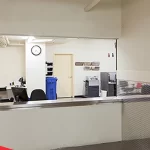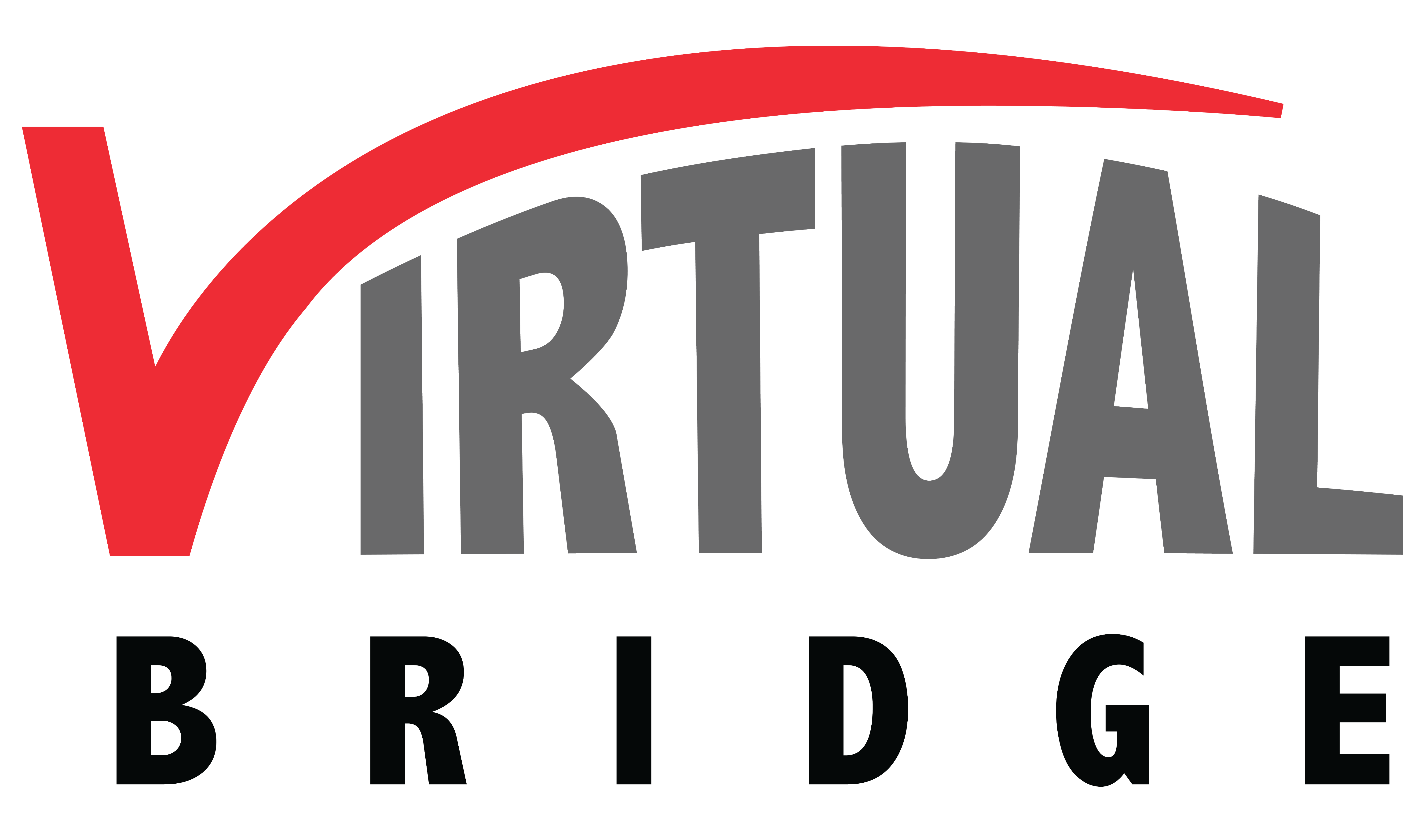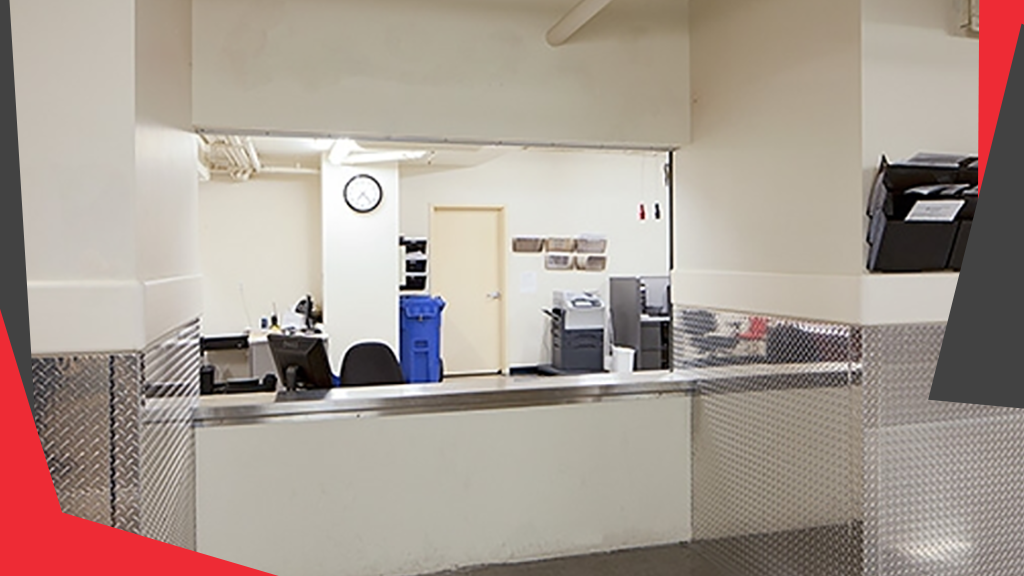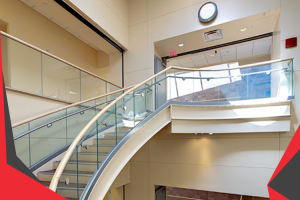Difference Between Horizontal and Vertical Acting Fire Doors

You might not have noticed the difference between horizontal and vertical acting fire doors, but there is a significant distinction. One of the main distinctions is that a horizontal door opens outward whereas a vertical door opens inwards. This might seem like a tiny aspect to ponder about, but a small distinction like opening inwards or outwards makes a big deal in terms of their functionality.
You see, outwards opening units like horizontal doors allow the smoke enclosed inside to escape. However, inward opening units like vertical doors ensure that the smoke stays contained behind the door.
A small distinction, yet a big difference in results. This is one of the many differences you are going to learn about horizontal and vertical acting doors in this blog today. We are also going to touch upon topics like “What are the benefits of horizontal and vertical acting doors”, “Which doors should you use in different scenarios”, and “Which doors are great for warm places like Saudi Arabia”.
What’s the difference between horizontal and vertical acting fire doors?
For a long time, horizontal sliding accordion-type doors were not accepted in design plans as several safety codes in the 20th century deemed them as a solution that isn’t capable of meeting fire and building egress regulations. However, due to a series of technological and structural advancements in these doors, safety codes were altered to encompass horizontal side-acting fire doors in modern design plans.
Meanwhile, vertical acting fire doors have been widely recognized as the most favored door systems by architects for industrial and commercial units. These doors offer high-quality performance and security while ensuring all safety codes are met.
Vertical acting fire doors aren’t as aesthetically pleasing as horizontal ones. However, they make up for their lack of appearance with usability and functionality. These doors are your go-to choice if you are looking for a cost-effective alternative for swinging doors that take up minimal floor space.
Compared to horizontal fire-acting doors, vertical ones are easier to install and require low maintenance. Nevertheless, sliding door systems aren’t that bad to use in commercial complexes as they offer practical solutions to fire and egress code requirements while providing exceptional architectural versatility.

What are the benefits of horizontal and vertical acting fire doors?
Both horizontal and vertical acting fire doors excel in their respective fields. At face value, both of them offer safety from fires and smoke. But, when it comes to their benefits, they have a lot of nuances. Some of them are:
Inexpensive –
While working in high-rise buildings, sliding doors often emerge as the most cost-effective alternative to swinging doors for separating the elevator lobby from the rest of the building. Horizontal acting doors help you to minimize any design constraints that arise while installing swinging doors in exit corridors or elevator lobbies. These doors are ideal for countries like Saudi Arabia where high-rise buildings are popular.
As for vertical acting doors, they might not offer direct cost-effective benefits like side-acting sliding doors, but they can save you some major dimes on energy costs and insulation. Therefore, translating into indirect cost-effectiveness. Vertical acting doors are ideal for factories or warehouses where maintaining a certain degree of temperature is essential.
Spacious design plans –
When compared to normal doors, both horizontal and vertical acting fire doors offer spacious design options for architects and interior designers. The horizontal accordion-type door solves this problem by retracting into the side walls or panels, making them virtually invisible in your room.
Meanwhile, vertical acting doors coil up into the roof or roof panels of any property. They are ideal for commercial spaces like warehouses where roof space is abundant. If you are looking for doors that can help you maximize floor space in your property, then both horizontal and vertical acting fire doors are a great option for you.
Noise suppression –
Both horizontal and vertical acting doors have great insulation properties. This makes them perfect for environments where noise reduction is a must. The fast-acting doors in particular are optimal for noise suppression as they have the capability of closing at up to a speed of 1m/sec. Thus, restricting unwanted noise from entering the premises.
We’ve discussed in detail the benefits of vertical acting fire door systems in our previous blog – Pros Of Installing Vertical Acting Fire Door Systems.
Which doors work well in Saudi Arabia?
Criteria for selecting fire-rated doors in cold countries are way different than selecting in warm countries like Saudi Arabia. While installing fire-rated doors in Saudi Arabia, you need to make sure that your door offers optimum insulation while offering great aesthetic as well as security.
Let’s take a look at both these points in detail:
Ensure proper insulation
In a country like Saudi Arabia, where temperature fluctuations are common and hot weathers are constant, insulation plays a key role in maintaining the optimal room temperature. It also helps you in reducing your energy consumption as the need for extra cooling is cut down due to insulation.
This fits in line with the country’s latest objective of creating a sustainable environment. Lately, Saudi Arabia is focusing on encouraging the use of sustainable and renewable resources to lower its carbon footprints. Installing insulated horizontal and vertical acting fire doors will significantly help them in achieving this goal.
Balances the aesthetic with safety
Saudi Arabia is known for its extraordinary architecture and infrastructure. So a place that is so keen on creating beautiful architecture will require fire-rated door systems that are not only functional but aesthetically pleasing. Fortunately, horizontal and vertical acting fire doors can fill in those shoes effectively.
These doors allow designers to build spacious floor plans that meet all the required safety norms. The accordion or coiling type designs of these doors allow them to stay hidden in plain sights, coming into action only during emergencies or accidents.
Moreover, vertical acting fire doors are facing a heavy demand in Saudi Arabia as they help prevent citizens from being exposed to secondhand smoke inhalation during emergencies – something that has become increasingly common following September 2017’s wildfire event which led to over 500 deaths.
According to our recommendation, The Safescape ® T2000 Series and The Safescape® S9000 Series fire door systems should work perfectly in a place like Saudi Arabia that looks for good insulation and aesthetics.
Conclusion:
Horizontal and vertical acting fire doors both offer great benefits to the building. You must know what your needs are before making a decision on which door type is best for your situation. How do you determine which one would be better? We recommend figuring out where people will most likely try to enter, then choosing the appropriate style of door accordingly. Regardless of whether it’s vertical or horizontal, make sure there is always at least one exit point in case an emergency happens!



